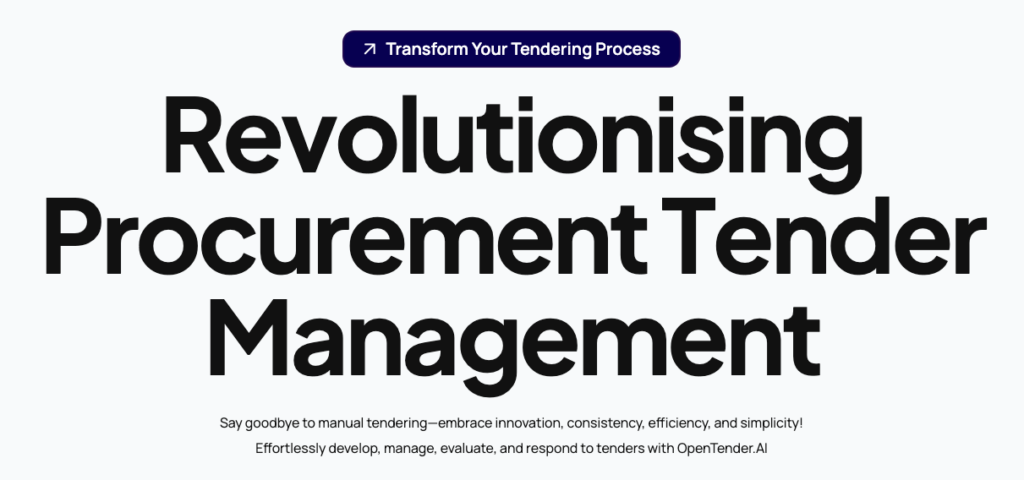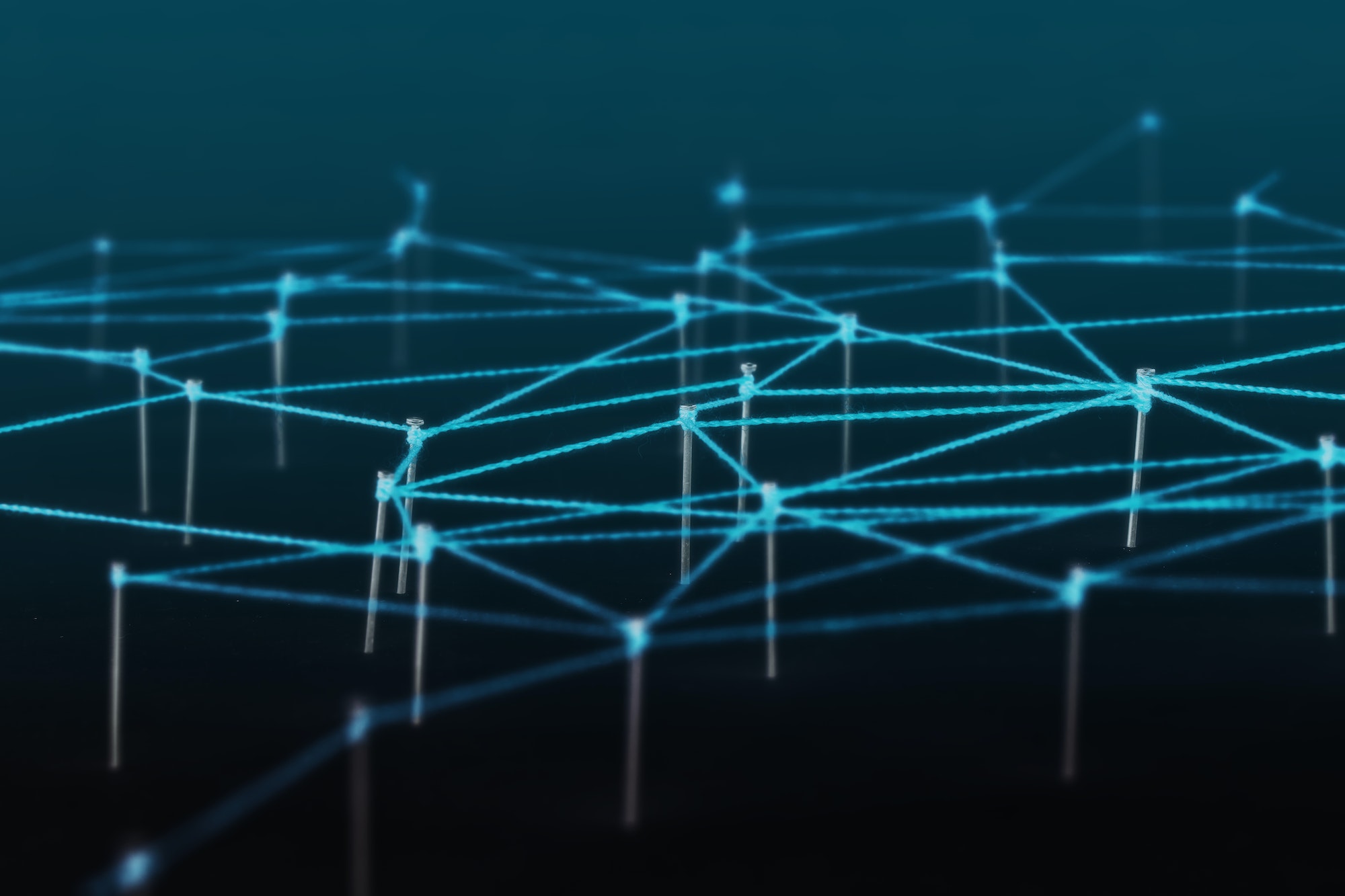NatQuest OpenTender Team – March 2025
As artificial intelligence (AI) continues to advance across various business functions, its role in procurement has shifted from providing marginal support to becoming a core enabler of strategic value. Generative AI (GenAI)—a subset of AI that automates the generation of text, documentation, and insights based on large data sets—has emerged as a crucial element in this evolution. This transition is not simply about improving efficiency; it represents a movement toward intelligent automation that enhances professional judgment and accelerates decision-making.
Procurement leaders across industries are re-evaluating workflows to integrate GenAI in ways that achieve faster, smarter, and more consistent outcomes—all without the need for disruptive investments in complete system overhauls.
Current Landscape and Institutional Perspectives
Organisations such as the Chartered Institute of Procurement & Supply (CIPS) and Procurement Leaders advocate for a cautious, value-driven adoption of AI in procurement. Their focus is on applying GenAI to well-defined, repeatable tasks where automation can eliminate manual inefficiencies while maintaining professional oversight. Concurrently, supply chain-focused companies are piloting AI tools at both tactical and strategic levels of procurement. These applications range from document generation and stakeholder engagement to supplier risk analysis and governance reporting.
Applications of Generative AI in Procurement
A review of current deployments in both the private and public sectors highlights five primary areas where GenAI delivers substantial value:

1. Tender Document Development: GenAI can automate the creation of standardised documentation like Requests for Information (RFIs), Invitations to Tenders (ITTs), and evaluation criteria. This reduces inconsistencies and accelerates procurement cycles, especially in decentralised or high-turnover environments (Smith, 2023).
2. Stakeholder Engagement and Communication: AI tools help buyers synthesise meeting notes, translate strategic objectives into procurement plans, and generate updates for internal stakeholders. This is particularly beneficial in cross-border and multilingual procurement contexts.
3. Supplier Risk and ESG Reporting: Generative AI is increasingly used to produce narrative reports from structured risk datasets, ESG audit outcomes, and due diligence findings. This enhances transparency for board-level discussions and reduces the workload for procurement analysts.
4. Onboarding and Capability Development: For new team members, GenAI tools act as readily available knowledge repositories—answering policy questions, guiding category strategies, and suggesting sourcing templates to help accelerate their learning.
Additionally, Supplier Interfacing and Response Management: Procurement teams leverage GenAI to generate or refine communications with suppliers—from clarifying questions during tender phases to formal award notifications and summaries of performance feedback.
OpenTender AI: NatQuest’s Commitment to AI-Driven Procurement Transformation
At NatQuest, we understand that procurement is no longer just an operational function—it has become a strategic lever for innovation, cost leadership, and risk resilience. In response, we are developing OpenTender AI, an integrated platform aimed at streamlining and optimizing end-to-end tender management through generative and cognitive AI.

OpenTender AI is being designed as a modular, enterprise-grade solution with the following core capabilities:
Opportunity Discovery: Utilising intelligent search agents and contextual matching, the platform identifies public and private sector tender opportunities that align with strategic priorities, geographic focus, category coverage, and ESG alignment.
ITT and Proposal Generation: Leveraging pre-trained language models, the platform facilitates the rapid drafting of tender documents, including scopes of work, pricing schedules, and evaluation rubrics. This ensures compliance with procurement policies and regulations while significantly reducing drafting time.
Bid Response Automation: For suppliers and internal stakeholders, OpenTender AI offers tools to automate the generation of bid responses based on historical submissions, template libraries, and evaluation criteria—enhancing success rates and reducing duplicated efforts.
Evaluation and Scoring Assistance: The evaluation engine employs natural language processing and embedded analytics to aid in scoring narrative submissions, flagging inconsistencies, and benchmarking supplier responses, while ensuring full human oversight and auditability (NatQuest, 2023).
Continuous Learning & Compliance: The system is designed to continuously learn from user interactions and outcomes, improving future recommendations and enabling governance-by-design through embedded controls, audit trails, and real-time reporting.
The development of platforms like OpenTender AI underscores a broader trend: procurement is transitioning towards digitally enabled decision-making, where insights, speed, and compliance are no longer trade-offs but standard expectations. As economic, regulatory, and geopolitical landscapes evolve, the demand for such capabilities will only increase.
References
Adams, J. (2023). ‘The Role of AI in Modern Procurement’. Journal of Purchasing and Supply Management, 29(2), pp. 32-45.
CIPS (2025). ‘Artificial Intelligence in Procurement’. Available at: [CIPS website].
Hahn, M., Lee, H. and Ngai, E. (2020). ‘The Impact of Artificial Intelligence on Procurement’. Supply Chain Management Review, 24(1), pp. 5-12.
Johnson, R. (2023). ‘Mitigating Risks: The Need for Effective Supplier Risk Management’. International Journal of Procurement, 17(3), pp. 78-93.
‘OpenTender AI Overview’. Available at: [NatQuest website].
Procurement Leaders (2021). ‘Trends in AI Adoption in Procurement’. Available at: [Procurement Leaders website].
Smith, A. (2023). ‘Enhancing Speed: The Benefits of Automating Tender Document Development’. Procurement Innovation, 20(4), pp. 22-29.
Thompson, L. (2023). ‘Onboarding and Development in Procurement: Leveraging Technology for Growth’. Journal of Business Management, 30(1), pp. 15-26. Clark, E. (2023). ‘Streamlining Supplier Communications with AI’. The Procurement Journal, 18(2), pp. 55-63




